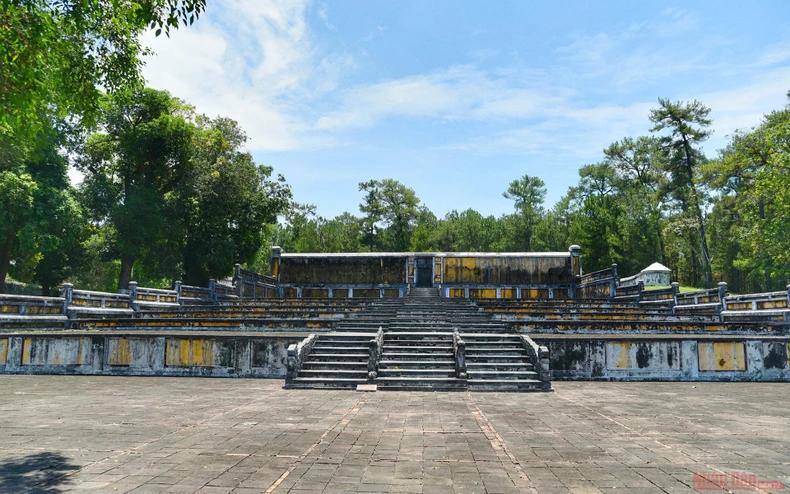
Emperor Gia Long, whose given name was Nguyễn Phúc Ánh, was born in 1762. He was the founding emperor of the Nguyễn Dynasty – the last dynasty in the history of Vietnamese feudalism – ascending the throne in 1802, using the reign name "Gia Long," and ruling the country until his death in 1820. It was also during Emperor Gia Long's reign that the official name of Vietnam was first used in 1804.
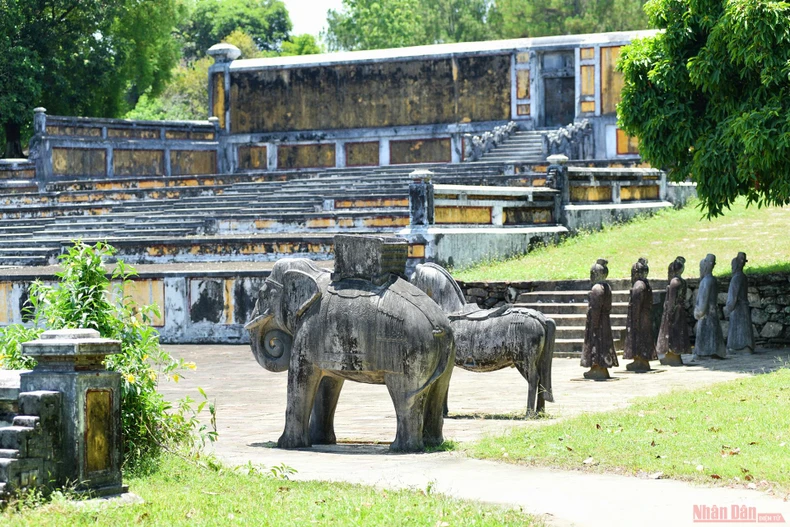
Gia Long Mausoleum, also known as Thien Tho Mausoleum, was built between 1814 and 1820. It is a complex of tombs belonging to the royal family of Emperor Gia Long. Today, Gia Long Mausoleum is located in a pristine mountainous area with lush greenery and clear waters in Huong Long commune, Huong Tra town, Thua Thien Hue province. The entire area comprises 42 hills and mountains of varying sizes, with Dai Thien Tho Mountain being the largest, strategically positioned in front of the mausoleum and giving its name to the entire mountain range.
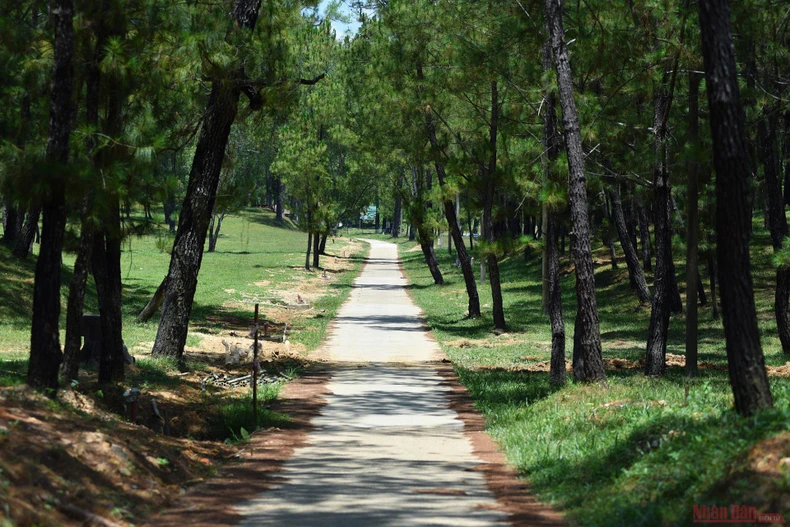
The road to Gia Long Mausoleum winds through a vast pine forest. The natural environment, the lush green pine forest, forms a natural boundary for the mausoleum, as Gia Long Mausoleum does not have a surrounding wall like the mausoleums of other Nguyen emperors. Previously, the only means of access was by water, via ferries used by local people or large boats sailing down the Perfume River past Thien Mu Pagoda and Hon Chen Temple. Due to its remoteness, very few people visited, and Gia Long Mausoleum remained deserted, quiet, and in a state of disrepair. Today, visitors can access Gia Long Mausoleum via two routes: a pontoon bridge built by locals across the Ta Trach River, and a main road running across the Tuan Bridge, past the Minh Mang Mausoleum, and continuing across the Huu Trach Bridge over the same river.
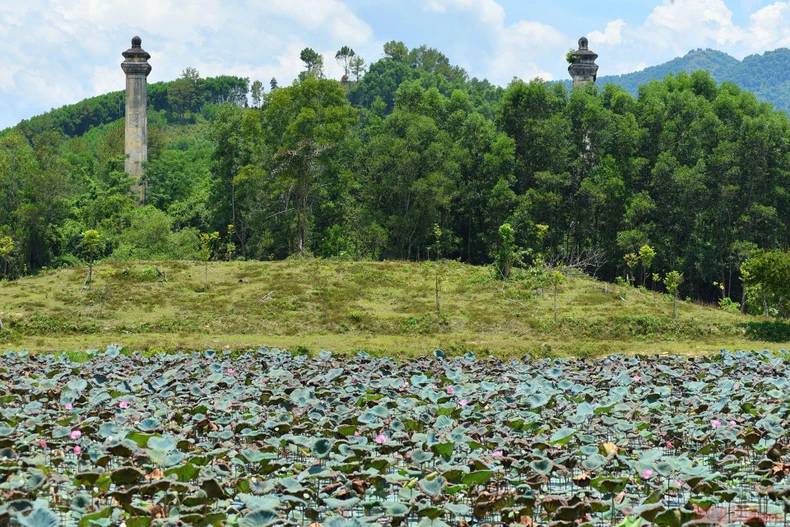
After traversing the pine forest, you will encounter two majestic, colossal pillars at the outermost edge of the mausoleum. These pillars were built to serve as a warning, reminding people to be respectful and quiet when passing through this area. Originally, there were 85 such pillars surrounding the mausoleum, but today, due to the ravages of time, only two remain.
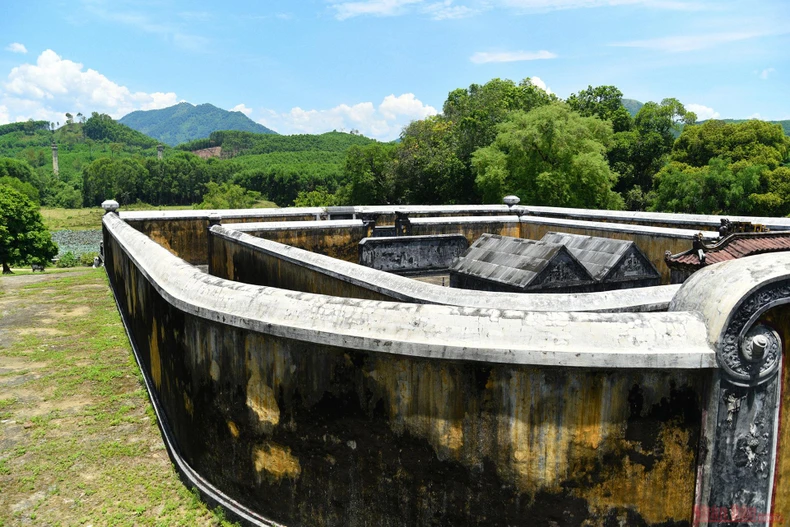
The tomb of King Gia Long is situated on a flat hill, with the Dai Thien Tho mountain in front, seven mountains behind as a backdrop, and fourteen mountains on each side, known as "Left Green Dragon - Right White Tiger". The tomb complex is divided into three areas.
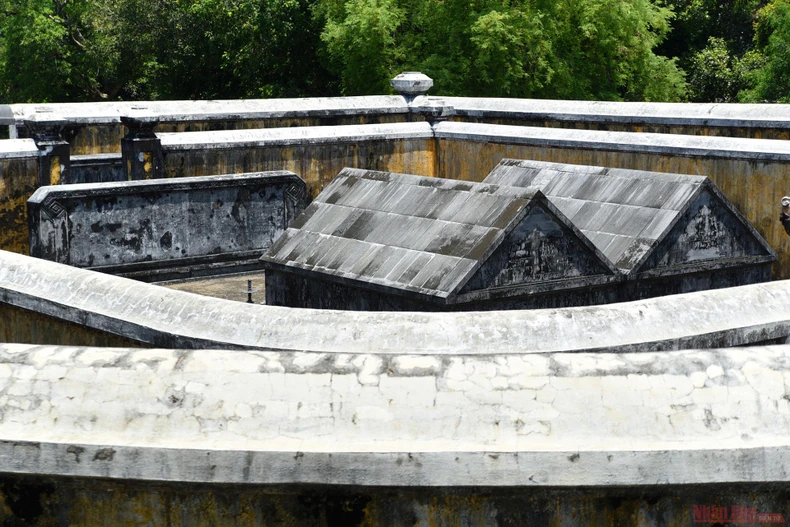
At the very center are the tombs of King Gia Long and Empress Thua Thien Cao. This is the most unique feature among the Nguyen Dynasty royal tombs; it is the only place where both the king and queen are buried. This is because Empress Thua Thien Cao was the wife who shared hardships with the king, always by his side from fleeing from danger, through war, to his ascension to the throne... and was therefore allowed to be buried with him after his death. These are two side-by-side stone tombs, in the form of a stone chamber, buried together according to the concept of "harmonious union of heaven and earth," a beautiful image of happiness and fidelity. King Gia Long's tomb is on the right when viewed from the outside, with the Dai Thien Tho pagoda in the center along the central axis. The two stone tombs are only a hand's width apart, of the same size, without any carvings, patterns, or gilding, and have gradually turned a dark gray over time.

Protecting the outside of the twin tombs is a sturdy city wall known as "Buu Thanh". There are seven levels of ceremonial platforms leading up to Buu Thanh.
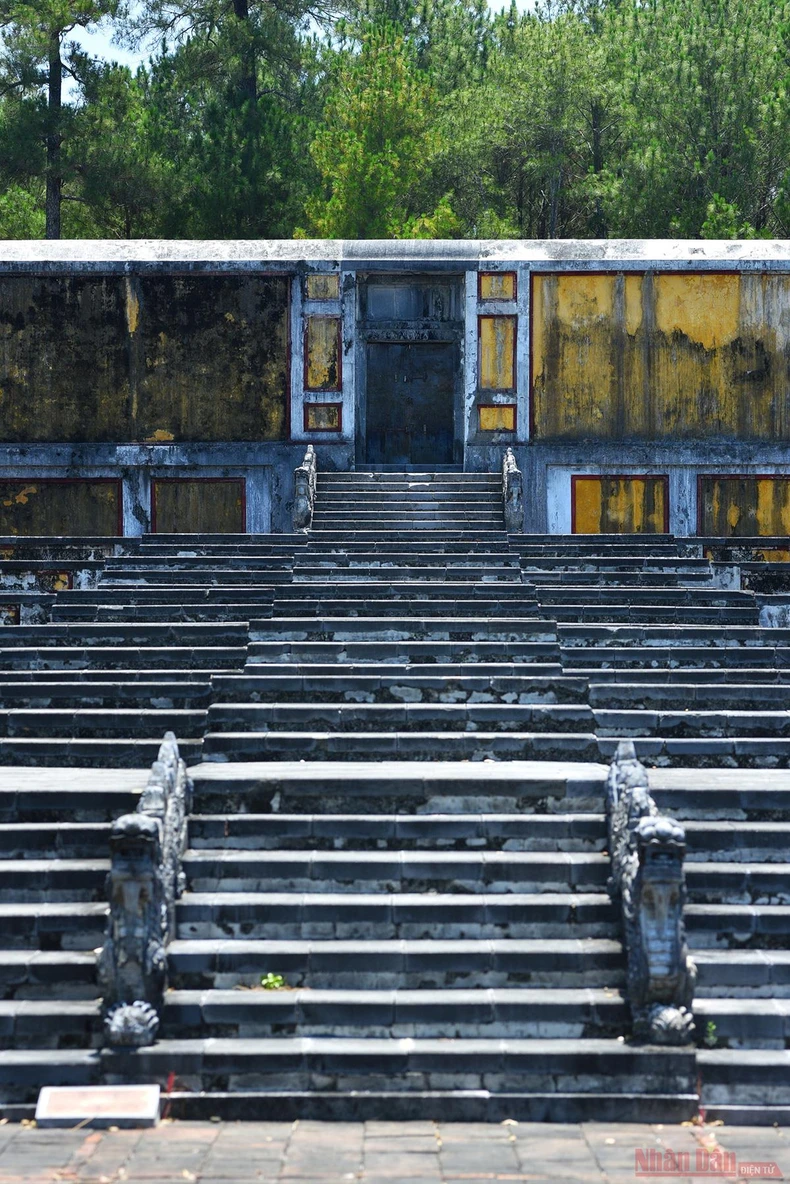
The bronze gate of Buu Thanh is the entrance to the final resting place of the king and queen. This gate is only opened a few times a year, on holidays, anniversaries, etc., for repairs and cleaning.
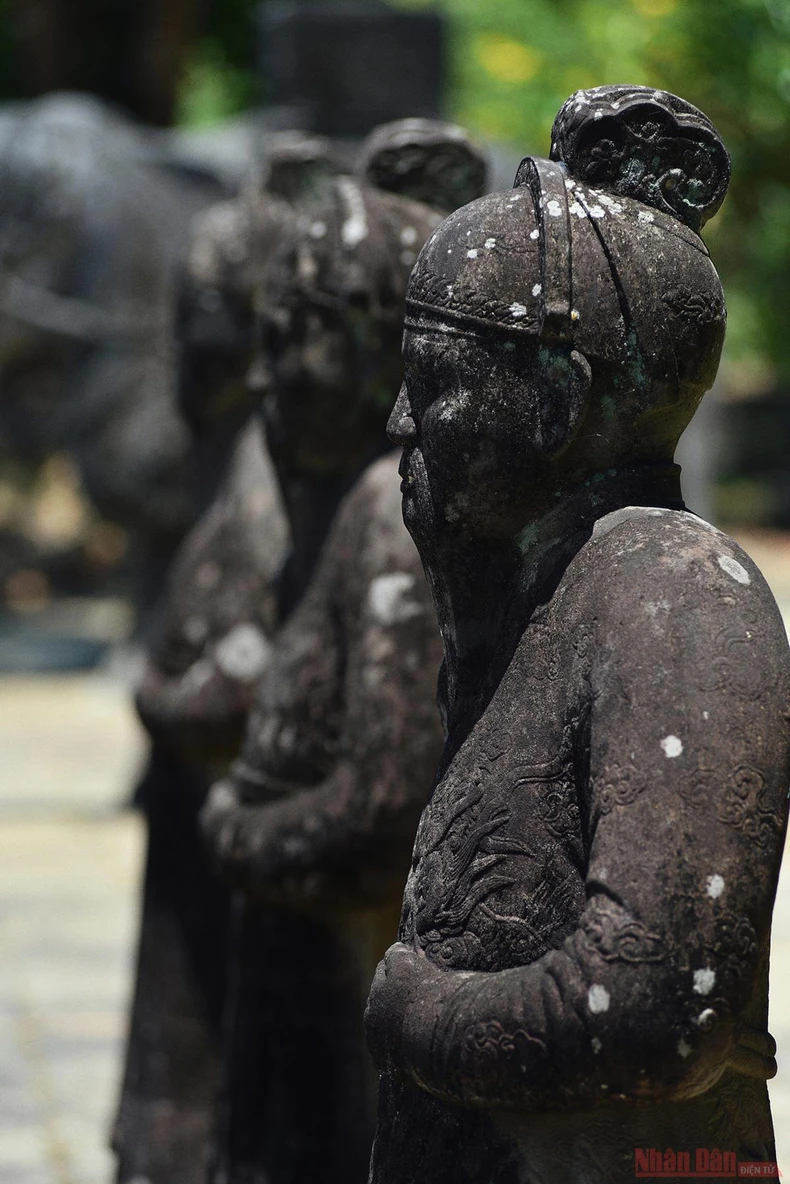
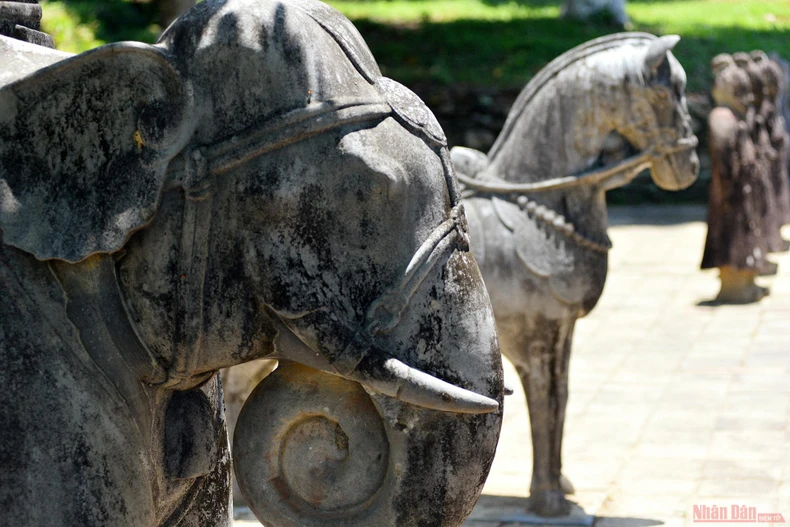
Below the seven-tiered ceremonial platform is the audience courtyard, flanked by rows of stone statues depicting civil and military officials standing in attendance, as well as stone statues of war elephants and war horses.
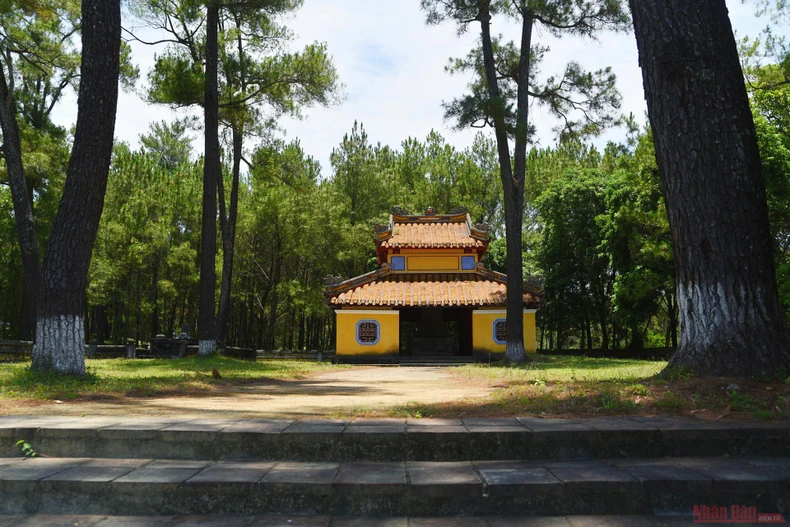
To the left of the mausoleum complex is the Memorial Pavilion, built amidst a pine forest. The Memorial Pavilion is a stele commemorating achievements, a familiar architectural feature found in most of the mausoleums of the Nguyen dynasty emperors.
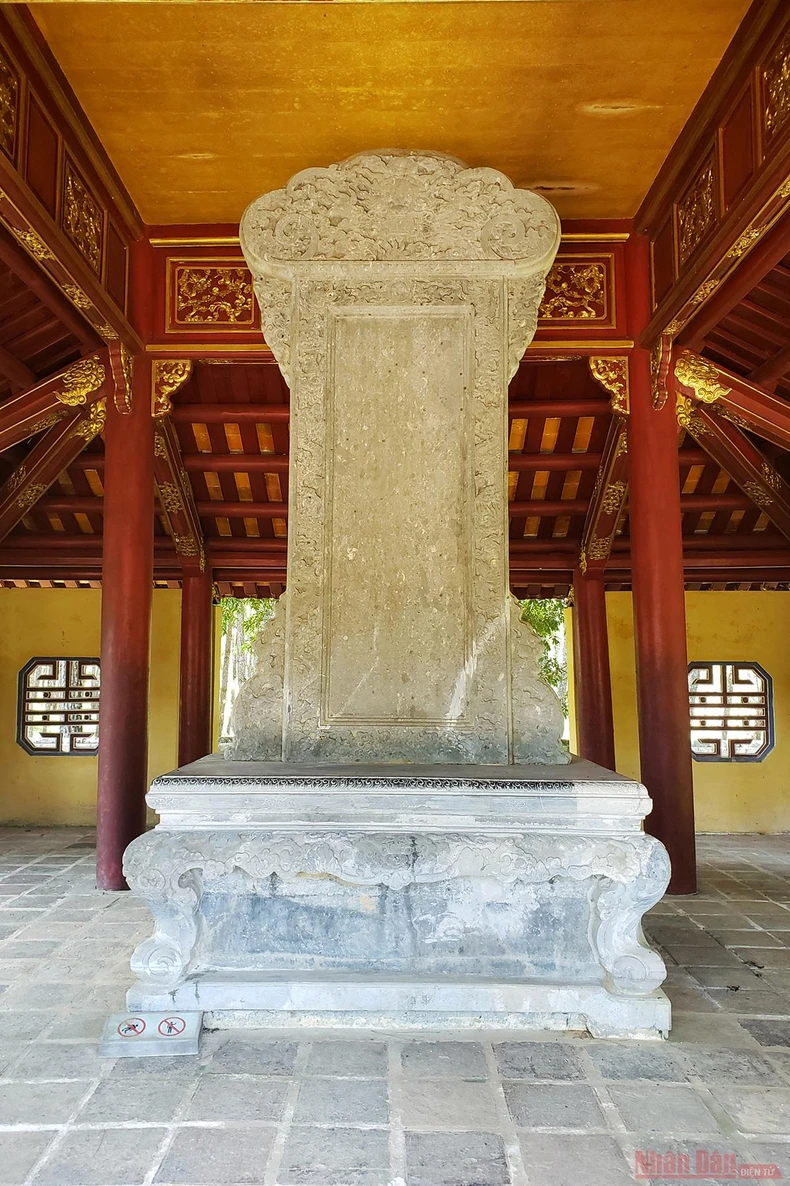
Inside the Memorial Pavilion stands a finely carved stele inscribed with "Sacred Virtues and Divine Achievements," its inscription still clearly visible after nearly 200 years. This stele was erected by Emperor Minh Mạng to praise his father, Emperor Gia Long.
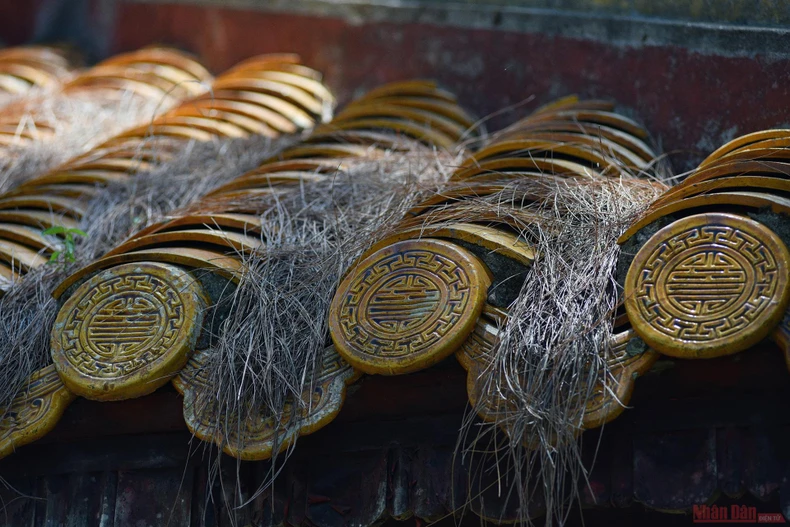
The Bi Dinh pavilion is covered with familiar glazed tiles from the Nguyen dynasty; glazed tiles were a material used in the construction of the Imperial City, the Royal Citadel, the Forbidden City, palaces, tombs, etc.
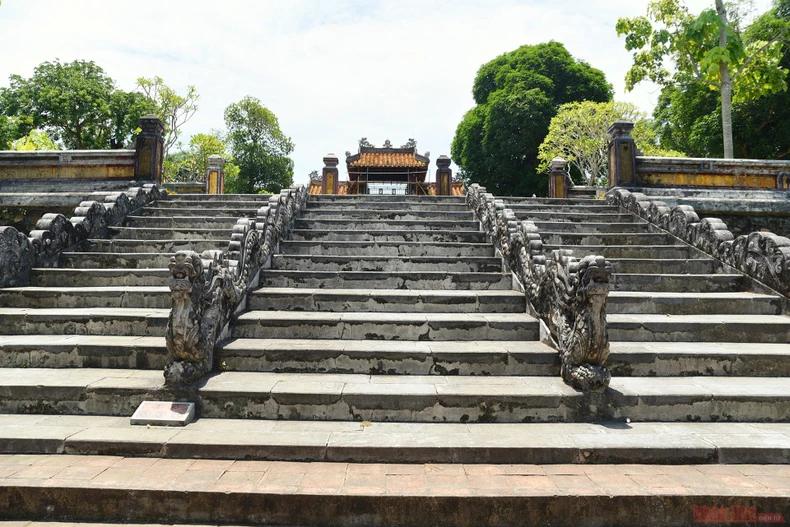
To the right of the mausoleum is the imperial palace area, with Minh Thanh Palace at its center. Minh Thanh Palace is where the emperor and his first empress, Thua Thien Cao Empress, are worshipped and offered incense.
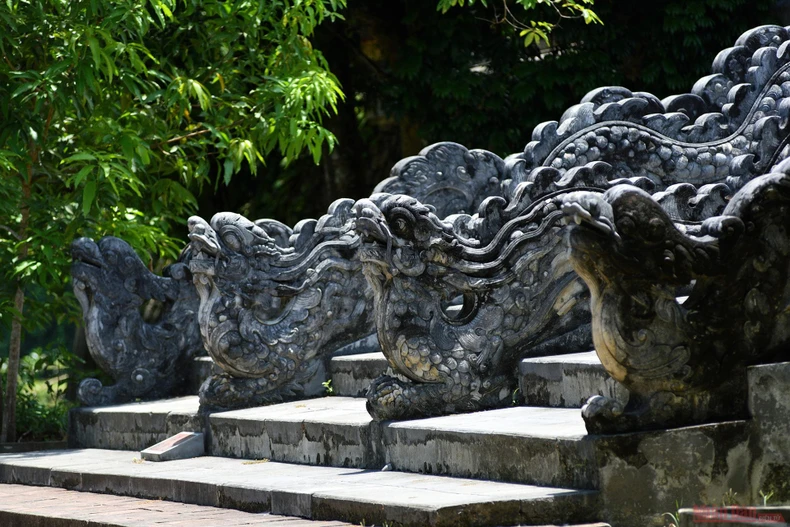
The three steps leading up to the shrine are formed by four majestic stone dragons holding pearls in their beaks and playing with balls in their hands.
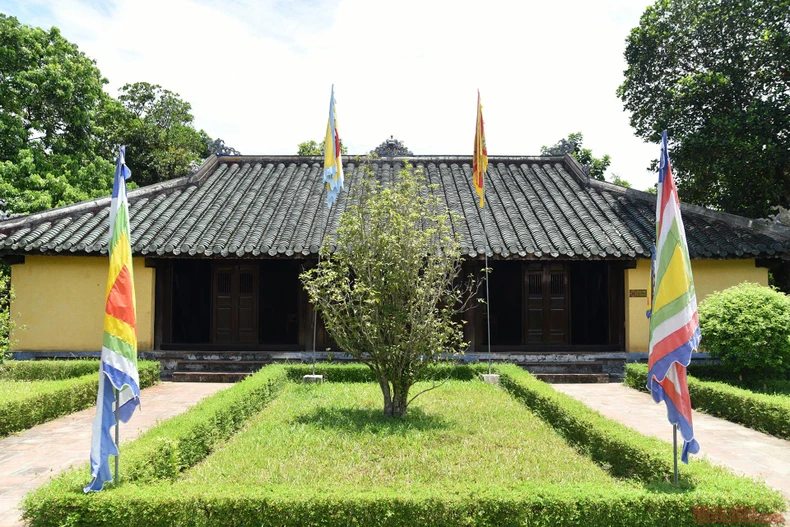
The Minh Thanh Palace used to house many artifacts associated with King Gia Long's arduous life of warfare, such as his hat, belt, and saddle. Minh Thanh means "brilliant perfection," yet surprisingly, this palace complex is very simple, bearing only the marks of time, without the ornate decorations and gold leaf found in some other palaces in the royal mausoleum.
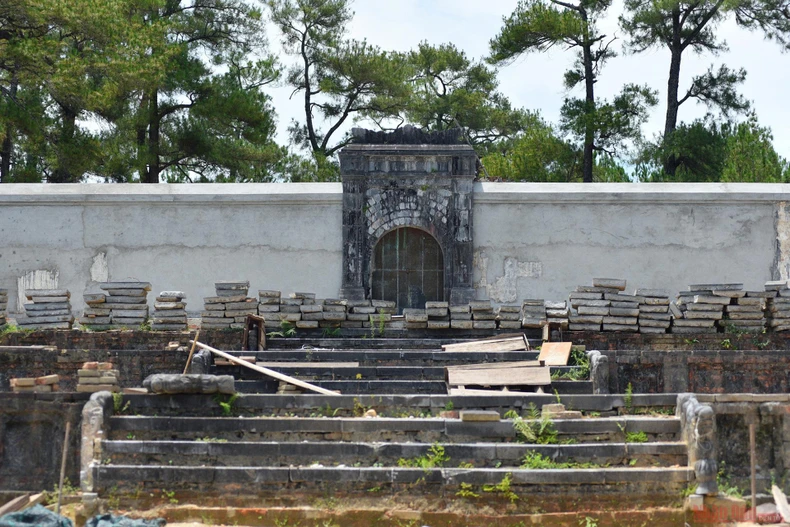
The Gia Long Mausoleum is also a complex of royal tombs belonging to the Gia Long royal family, including the tombs of the Nguyen lords of previous generations, the tomb of the Nguyen lord's wife, the tomb of Gia Long's mother, and the tomb of his sister... Besides the main tomb of Gia Long and his empress, the next most noteworthy and beautiful tomb is the Thien Tho Huu Mausoleum, the burial place of Gia Long's second wife, Empress Thuan Thien Cao. At this time (July 2020), the Thien Tho Huu Mausoleum is undergoing renovation and preservation, along with some other structures of the Gia Long Mausoleum complex.
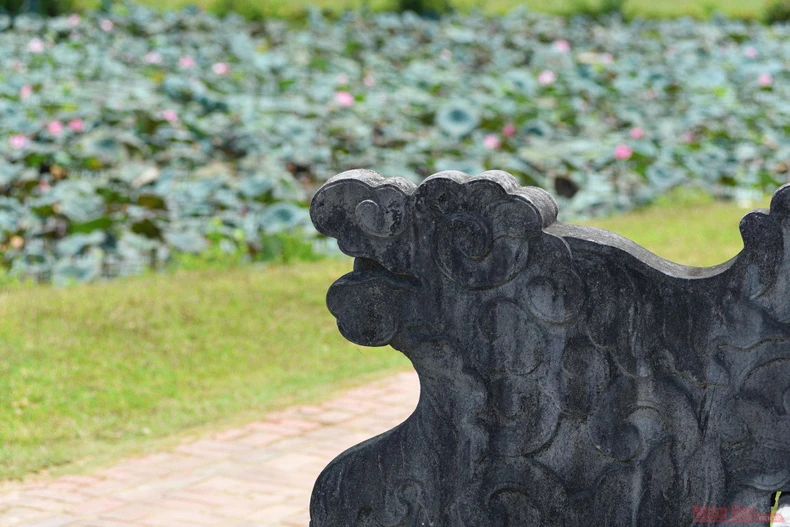
Empress Thuan Thien Cao, whose real name was Tran Thi Dang, was also known as Thanh To Mau and hailed from Thanh Hoa province. She and Empress Thua Thien Cao were the two wives who were devoted to Emperor Gia Long from his humble beginnings. She was the mother of Emperor Minh Mang, the second emperor of the Nguyen dynasty, who succeeded his father, Emperor Gia Long.
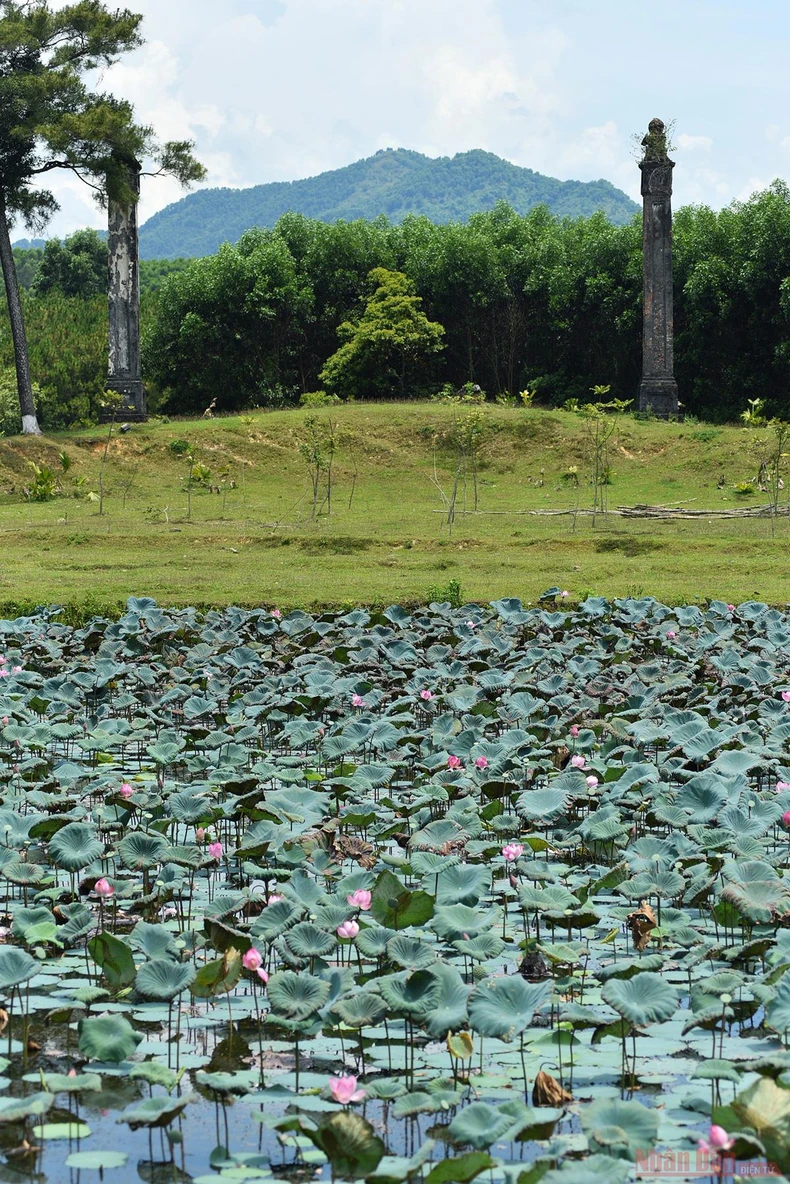
In front of the Thien Tho Huu mausoleum gate is a vast lotus pond, with a pair of dragons at the foot of the stone steps looking straight towards the two colossal pillars in the distance.
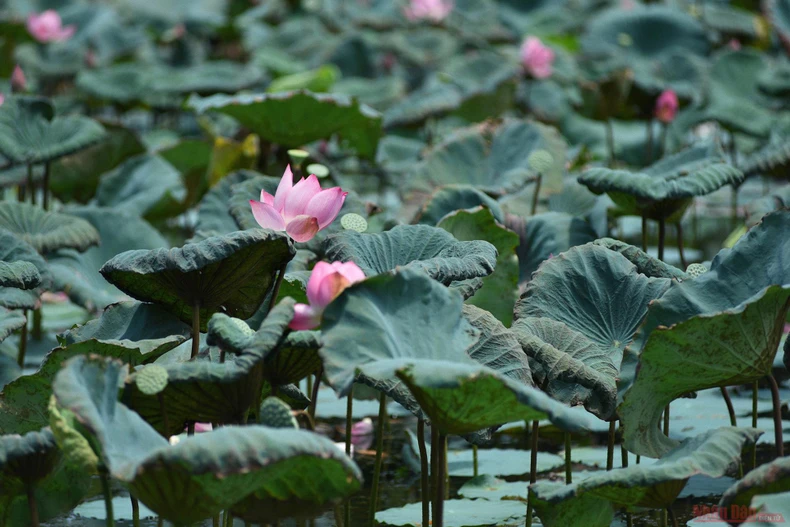
Lotus blossoms densely cover the pond in front of the mausoleum. Summer is also the most beautiful season to visit the Gia Long and Thien Tho Huu mausoleums, as it is both the lotus season and the most beautiful sunset season. As dusk falls, the entire mausoleum complex, lotus pond, mountains, and pine forest appear majestic and awe-inspiring, yet also solitary and tranquil.
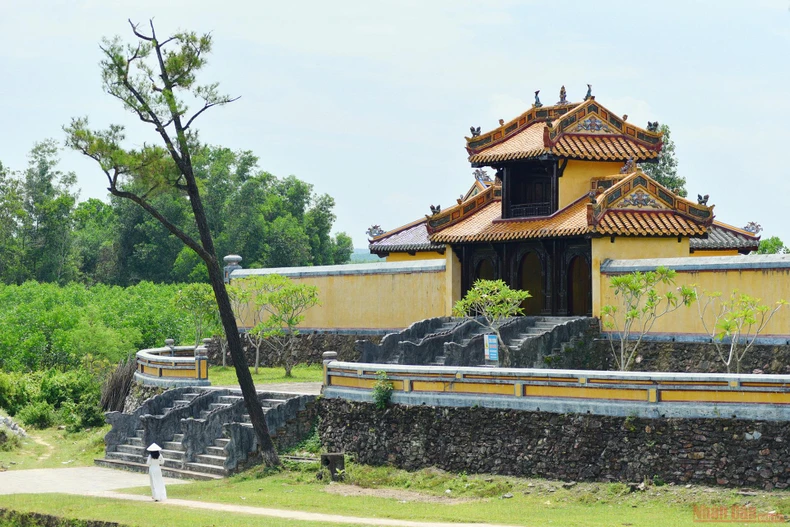
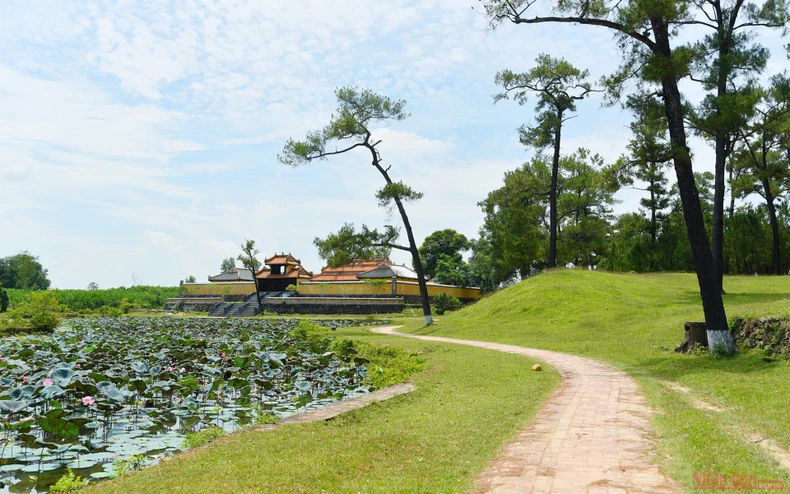
A panoramic view of Gia Thanh Palace, the shrine dedicated to the mother of Emperor Minh Mang, located next to her tomb. Gia Thanh Palace is an architectural structure modeled after Minh Thanh Palace, simple and unpretentious… However, it is the most beloved and harmonious structure within the entire Gia Long imperial tomb complex.
Source: https://nhandan.vn/lang-gia-long-noi-an-nghi-cua-vi-vua-dau-tien-trieu-nguyen-post612466.html


![[Photo] Closing Ceremony of the 10th Session of the 15th National Assembly](/_next/image?url=https%3A%2F%2Fvphoto.vietnam.vn%2Fthumb%2F1200x675%2Fvietnam%2Fresource%2FIMAGE%2F2025%2F12%2F11%2F1765448959967_image-1437-jpg.webp&w=3840&q=75)
![[Photo] Prime Minister Pham Minh Chinh holds a phone call with the CEO of Russia's Rosatom Corporation.](/_next/image?url=https%3A%2F%2Fvphoto.vietnam.vn%2Fthumb%2F1200x675%2Fvietnam%2Fresource%2FIMAGE%2F2025%2F12%2F11%2F1765464552365_dsc-5295-jpg.webp&w=3840&q=75)






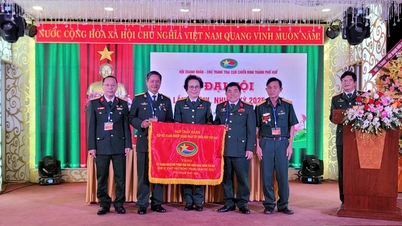


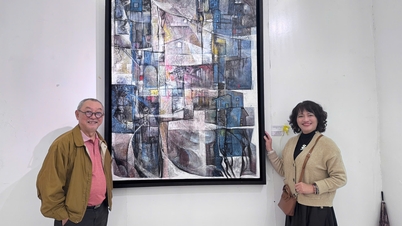
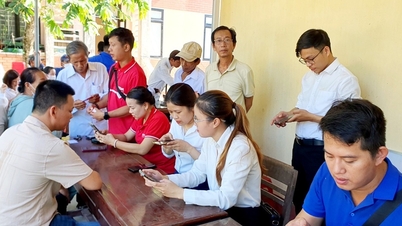






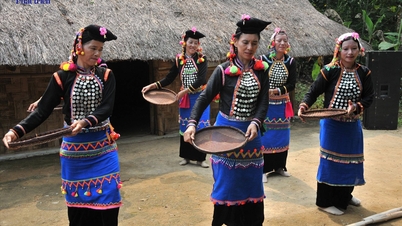
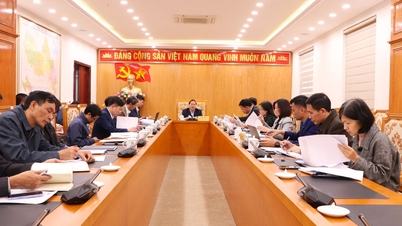
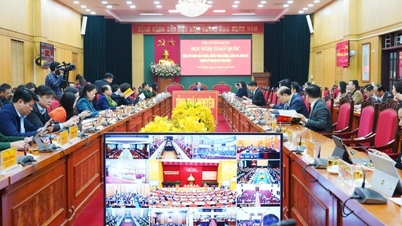

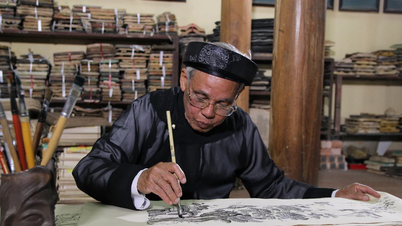

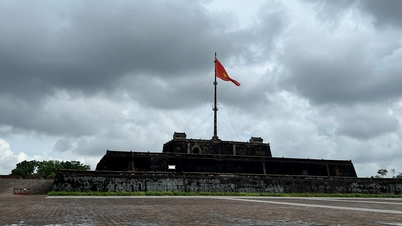

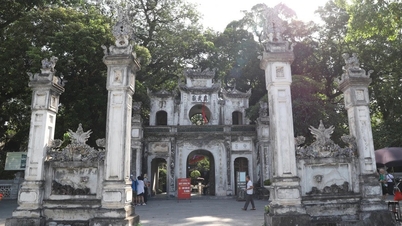

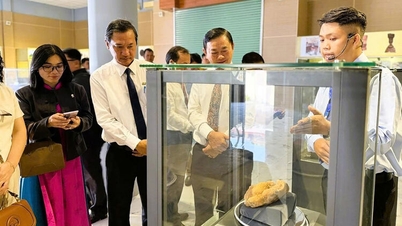

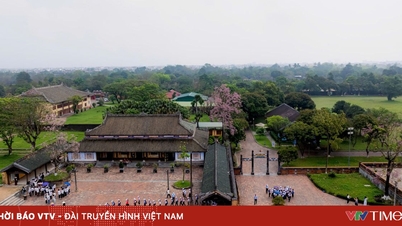

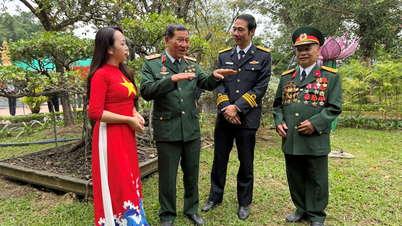



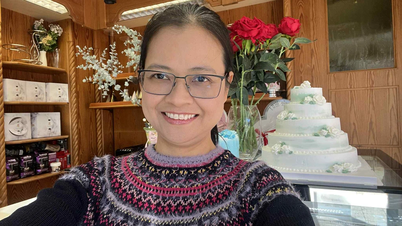

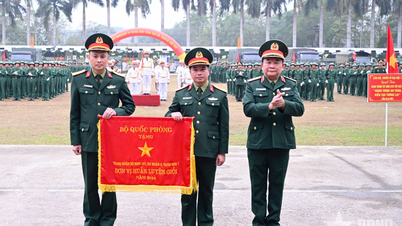
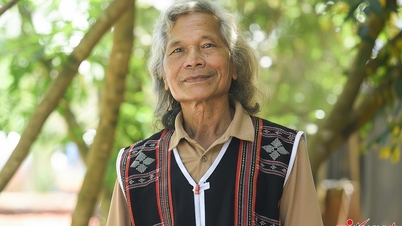


![[OFFICIAL] MISA GROUP ANNOUNCES ITS PIONEERING BRAND POSITIONING IN BUILDING AGENTIC AI FOR BUSINESSES, HOUSEHOLDS, AND THE GOVERNMENT](https://vphoto.vietnam.vn/thumb/402x226/vietnam/resource/IMAGE/2025/12/11/1765444754256_agentic-ai_postfb-scaled.png)












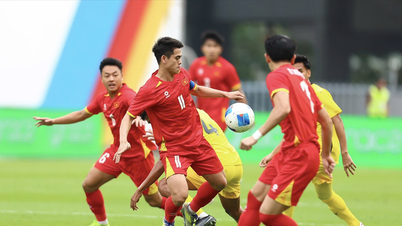

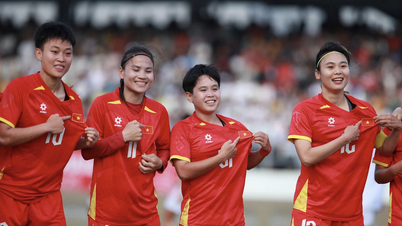

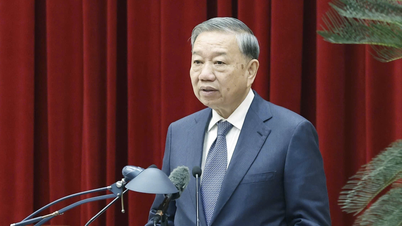

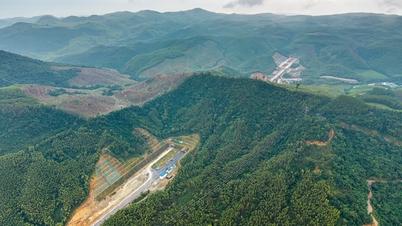
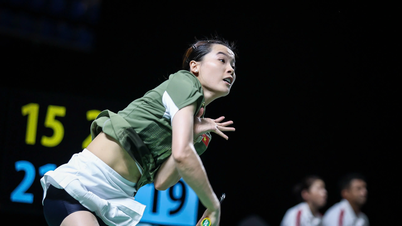


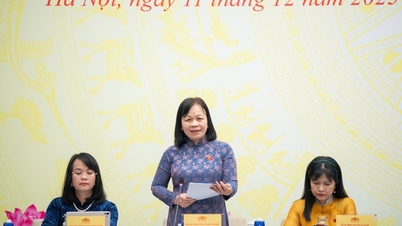








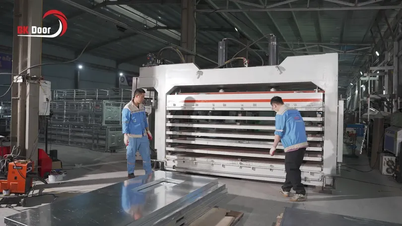

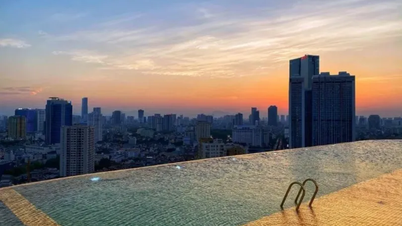

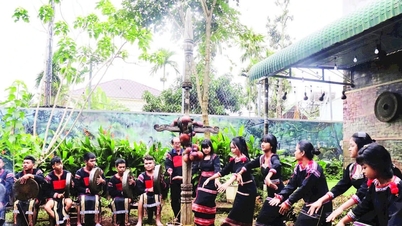

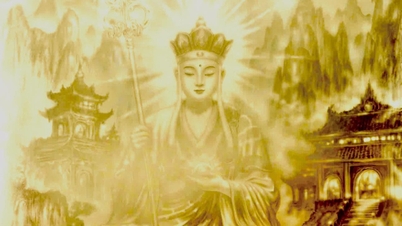












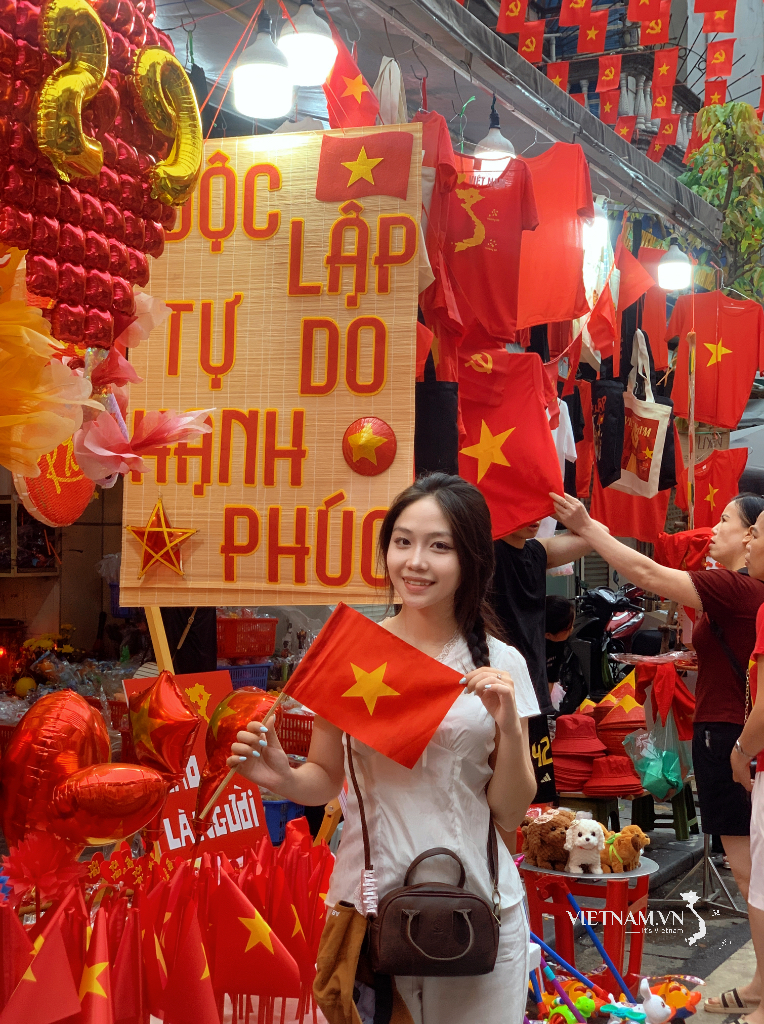


Comment (0)